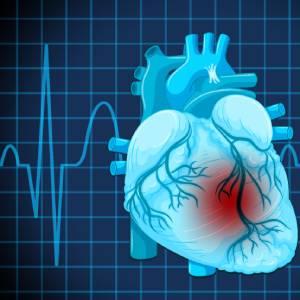Acute myocardial infarction during late COVID-19 era: patient characteristics, presentation and outcomes

Submitted: December 3, 2022
Accepted: December 15, 2022
Published: January 13, 2023
Accepted: December 15, 2022
Abstract Views: 1505
PDF: 291
Publisher's note
All claims expressed in this article are solely those of the authors and do not necessarily represent those of their affiliated organizations, or those of the publisher, the editors and the reviewers. Any product that may be evaluated in this article or claim that may be made by its manufacturer is not guaranteed or endorsed by the publisher.
All claims expressed in this article are solely those of the authors and do not necessarily represent those of their affiliated organizations, or those of the publisher, the editors and the reviewers. Any product that may be evaluated in this article or claim that may be made by its manufacturer is not guaranteed or endorsed by the publisher.
Similar Articles
- Eduardo M. Vilela, Susana Torres, Helena Gonçalves, João Primo, Madalena Teixeira, Pedro Braga, Complete atrioventricular block during exercise: New insights from an old test , Monaldi Archives for Chest Disease: Vol. 89 No. 1 (2019)
You may also start an advanced similarity search for this article.

 https://doi.org/10.4081/monaldi.2023.2502
https://doi.org/10.4081/monaldi.2023.2502





